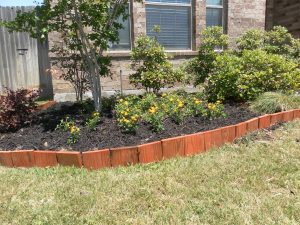Tubs, pots, and any other container overflowing with foliage and flowers add appeal to any garden, but container gardening serves a practical purpose, too.
Container gardens are ideal for those with little or no garden space. And, in addition to growing flowers, gardeners limited to a balcony or a patch of sun on their driveway can produce a wide variety of food crops in containers.
You can even grow larger vegetables like cauliflowers in containers.
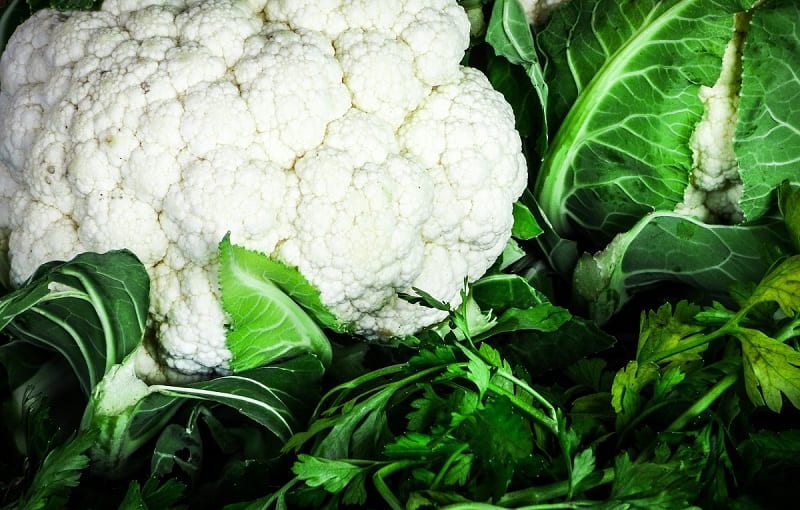
Container Gardening with Cauliflower
Contents
The cauliflower is a wide, girthy plant, but its roots run surprisingly shallow. That makes the delicious cool-weather vegetable an excellent candidate for container gardening!
You can start cauliflower seeds indoors about a month before the average frost. You can also plant seeds directly outdoors in the container when temperatures reach about 10° C.
However, the easiest way to start cauliflowers in containers is to purchase seedlings from a nursery.
Selecting a Pot
Given the size of the cauliflower plant, the first consideration, obviously, is the container. A large pot with a mouth 12 to 18 inches wide and a depth of 8 to 12 inches should be good for one plant.
If you have a larger container – such as a half-barrel – you can grow up to three plants. Any type of container will suffice as long as it has at least one good drainage hole in the bottom. Your cauliflower plants will rot quickly in soggy soil.
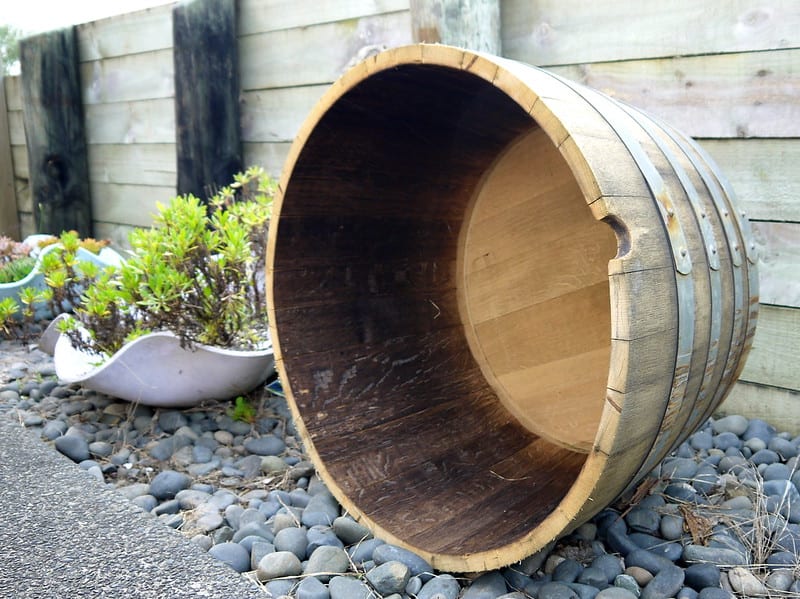
Choosing the Medium
Your cauliflower will need a loose, lightweight potting mix that holds moisture but drains well. Any quality commercial potting soil – with peat, compost, fine bark, and either vermiculite or perlite – should do.
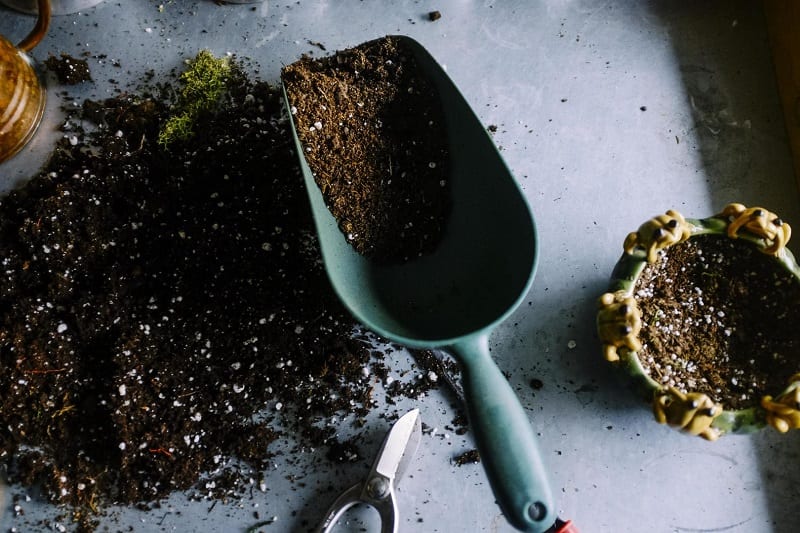
Caring for Container-Grown Cauliflower
Place the container where the cauliflower will receive at least six hours of sunlight a day. Water the plant until the water runs through the drainage hole whenever the potting mix feels dry to the touch.
Keep the soil it consistently moist but do not overwater. If the potting mix is still damp from your last watering then there is no need to water. Cauliflower will rot rapidly in soil that is squelchy with water.
Fertilize your cauliflower plant once a month with a balanced water-soluble fertilizer. The soil should be rich in organic matter.
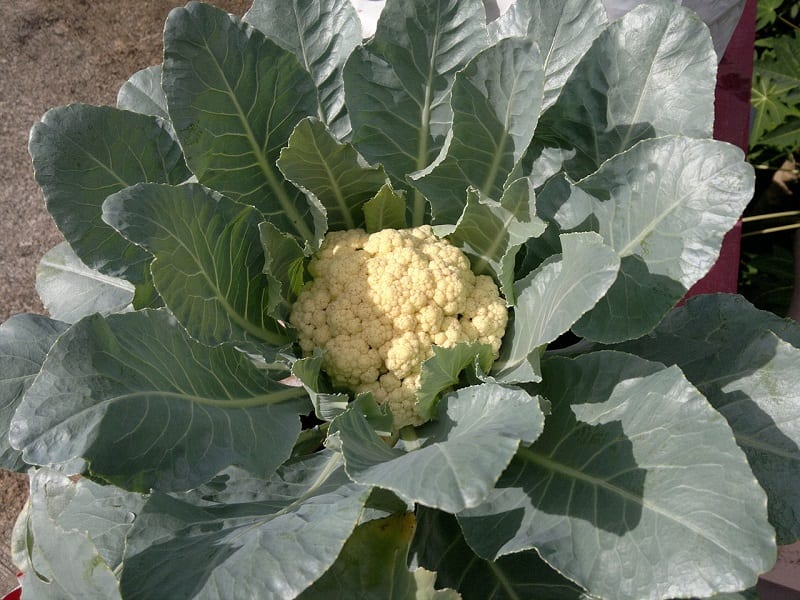
Blanching Your Cauliflowers
Your plants may need help to ensure the vegetables are tender and white when they are ready to harvest. This process is known as “blanching.”
The process involves protecting the heads from direct sunlight. Observe the plants closely once the heads are about 2 inches across.
If the leaves aren’t curling over to protect the heads, help them along by pulling the large, outside leaves up around the head. Secure them with a piece of string or a clothespin.
Some varieties of cauliflower are “self-blanching.” This means the leaves curl naturally over the developing head.

Harvesting Cauliflower
Your cauliflower is ready for harvest once it reaches the desired size. Simply cut the cauliflower head at the base, leaving the leaves. You can then pull the plant out and compost the rest.
Are you ready to grow cauliflowers in containers? Go ahead and give it a try. Don’t forget to tell us about your experience!



